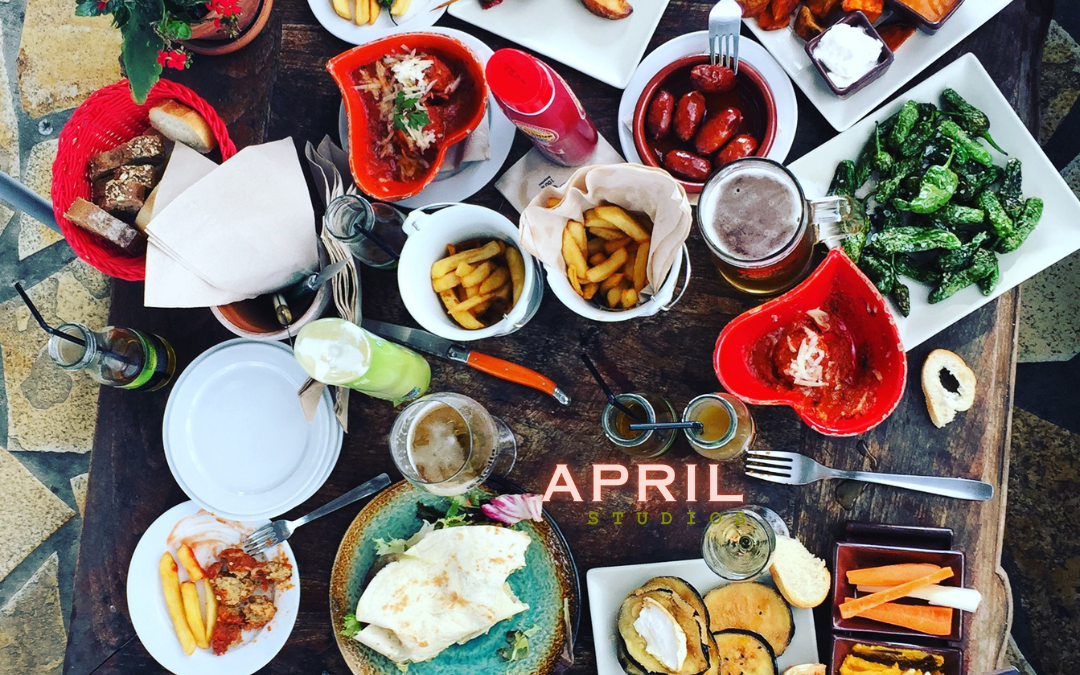Lunch Time? Whose Lunch Time?
I’ve gotten used to always checking what country someone is from when they say, “Let’s talk/meet/connect at lunchtime” — because lunch is not the same in Spain as it is in many other places.
In Spain, lunch is more of a process than an event. It’s not like in other parts of Europe, where you might take a quick 30-minute break to grab something to eat before getting back to your desk.
I grew up in Sweden, where lunch is usually between 12:00 and 13:00 — often less. In other Northern and Western European countries, it’s similar. Italy pushes it a little later, typically around 13:00. But in Spain, lunch starts at 14:00 and often stretches until around 17:00.
Also, “lunch” in Spanish isn’t “lunch” — it’s la comida, or the verb comer. People often say la hora de comer (literally “the hour of eating”) to refer to this mid-afternoon window from around 14:00 to 17:00. That slot used to be called la siesta, but as Spanish society has modernised — and many regions neither take siestas nor experience the kind of heat that once required them — the term doesn’t always apply anymore.
Now, it’s not that Spanish people literally eat for three hours straight. No. Around 14:00, you pick up your kids or leave the office. You go home and start cooking. While the food’s on, you might hang the laundry, do some other housework, have the TV on in the background. Then you eat together. After the meal, there’s usually dessert. And then maybe a moment to relax on the sofa, do the dishes, have a coffee or tea, and ease into la tarde — the “afternoon” that begins around 17:00 and runs until 20:00 or 21:00.
If you work in an office or more corporate environment, lunch might mean heading to a restaurant with colleagues for a menú del día — a three-course meal with drinks (often including a beer or a glass of wine). And yes, followed by coffee. This kind of lunch break usually lasts around two hours.
When my kids first started infantil (preschool) in the public school system, they finished at 14:00. I was almost hysterical. How could they go that many hours without food? It felt torturous — for them and for me. I always carried cooked food to immediately stick into their mouths the moment they stepped out of the school gates. I even asked to meet with the teacher to express my concern. Her response?
“It’s not late. It’s normal lunch time.”
And that kind of set it straight for me. What’s normal for her, isn’t normal for me. What’s normal for me, isn’t normal for her. I’m the immigrant. I have to adjust. My kids were born here. So — deal with it.
It took me another three or four years to really, deeply accept this rhythm. But once my kids started growing up, going to after-school activities, and hanging out with their friends, I gradually synced with the Spanish lunchtime. They still finish school at 14:00, and we drive home. I only start cooking around 14:30. We usually eat at 15:00, then have something sweet, and I make a green tea around 16:00. Sometimes I even squeeze in a 15-minute nap while the kids get ready for judo or football, often with Doraemon on in the background.
These days, I often practise intermittent fasting, so my first meal is at 15:00, and dinner is around 21:00. This rhythm feels completely normal to me now. I look back at those early years — being a foreign mother trying to integrate into Spanish culture — with real fondness. There was no way I could have not adapted. If you choose to stay outside of the culture you live in, how will you ever truly understand it?
I used to think the long mid-day gap was annoying — it felt like it interrupted my productivity and my ability to fully relax. But now, I don’t find it frustrating. I just accept it as part of my current life. And if one day I live in another culture, I’ll gladly adjust again, just to experience that rhythm too. What I love most about life is learning new ways of doing things — and even more so, the process of un-learning what I thought I knew.
In my work and daily life, I meet people from all over the world. So when a client says, “Let’s check in at lunch time” — I always pause and ask myself: “Whose lunchtime?” And then, once I’ve figured that out — yes. Perfect. Let’s check in at lunchtime.

